Cricket
South Africa’s Test future is unclear as the SCG challenge looms.

Recent results and upcoming schedules aren’t good for South African red-ball cricket, but this old team still has a chance to win the WTC final.
Is this the first sign that South Africa may no longer be a top-tier Test nation?
It might seem like an overly dramatic question, since they are still in the running for the World Test Championship (WTC) final in June, but the outlook before and after that is not good. The Sydney Test is the end of the last three-Test series South Africa will play until 2026. From 2023 to 2025, they will only play two-Test series. South Africa will only play four Tests in 2023, and three of them will be before March and one will be in the last nine months. They won’t play any Tests in England or Australia, two of their biggest rivals, until 2027. They will also only play one series in India.
South Africa was never one of the “Big Three,” but because their Test team has been so good in the past, they were thought to be just below that level, both in terms of their reputation and the amount of money they brought in. However, their recent bad results and the new schedule show that everything has changed. In South Africa, it’s clear that the new T20 league, the SA20, which starts in a week, is getting more attention than the Test team. Local news about the ongoing Test series is filled with ads for the tournament, and it’s clear that it’s a lot sexier than what’s going on Down Under. How could it not be? The Test team has trouble putting together 200 runs.
South Africa’s problems with hitting the ball are well-known and even mostly understood. The first-class structure, which has gone from 10 games per team per season to 7 games played outside of the summer, hasn’t been able to produce enough batters who can easily move up to international cricket, and that’s not likely to change soon. It could hurt the growth of the longest format, but South Africa’s players can’t do anything about it, and Test captain Dean Elgar knows that.
“I don’t think many things are going to work out for us, but we have to deal with what we can. A lot of players are disappointed that we won’t be playing more Tests this year. They wish they could play much more, “Before the third Test against Australia, he said. “We can’t make those decisions. It would be nice to have a lot of say in them, but I guess the administrators think we need to set something up so that we can make money in the future. In a few years, we might be able to add more Tests to the way we do things.”
South Africa is scheduled to play nine Tests a year in 2024, 2025, and 2026, which is closer to what they are used to. However, there are questions and worries about how good their red-ball game will be by then. At least we can say for sure that it won’t be much like what’s being used now.
Elgar is 35 years old and hasn’t hit a century in his last 31 Test innings. He is under some scrutiny as a batter, and he may not be around for that whole time. Most of his top six won’t either. Only Kyle Verreynne is under 30, and none of the specialist batters South Africa sent to Australia have a Test average over 40. This means that the next few Tests, or even the next one, could be one of the last chances for these batters to show why they should stay.
“Talk is cheap right now, and we need to show what we can do. We are in a time of action, and we need to make things right “Elgar said. “It’s very frustrating to know that we brought some really talented players with us, but things didn’t work out this time. We’ve had a lot of injuries, especially in our batting, but the players have to take advantage of their chances when they come. I see this Test and the two more we’ll play at home against the West Indies in the near future as huge chances for those guys if they get to play.”
There will be a lot of attention on Elgar, his opening partner Sarel Erwee (who tends to play loosely outside off stump), and his vice-captain Temba Bavuma (who said he needs to add to his one century from six years ago if the team wants to do better). There will also be a lot of attention on whoever replaces Theunis de Bruyn. Rassie van der Dussen, who made his debut three years ago and was becoming one of South Africa’s most reliable players but has since lost his way, and Heinrich Klaasen, who hit a 240-ball 292 in a first-class match right before this series, are both candidates. Regular No. 3 Keegan Petersen is on the road to recovery after tearing his hamstring last year. This means that van der Dussen or Klaasen need to do well if they want to stay in the running for the Test team.
On the day before the game, Elgar didn’t know which one would be in the XI. If South Africa feels confident enough with four bowlers, they may even make room for both. “Rassie has been a Test player for a long time, so you could say that he brings more experience to the job. Then you look at someone like Henrich, who is very talented and might deserve a chance, and maybe even a longer chance “Elgar said. “I hope that no matter what we do, we can make a better show than the last two games.”
In fact, the last four. In seven of the last eight Tests, South Africa was bowled out for less than 200 runs, and they haven’t shown any of the fight they are known for. And their attack hasn’t helped them stay in it. But, at least for now, there is some hope that they won’t go away completely. If they win in Sydney and beat the West Indies in March, they will be in the running for the WTC final. For Elgar and the others, who know that big changes could be coming soon, this means there’s something to play for.
“When it comes to the June final, we also have a lot to play for. That’s a huge reason for us to do it. I think you should play every test as if it were your last “he said. “I think we only have 12 games left to play in the next two years. We used to play 12 Tests each year, which was fun. Whether you have six, eight, or ten tests a year, you should use each one to its fullest. Every game, whether it’s six or fourteen, needs to be played as if it were your last.”
Cricket
1000 Runs in ODIs: Kohli’s Cricket Legacy
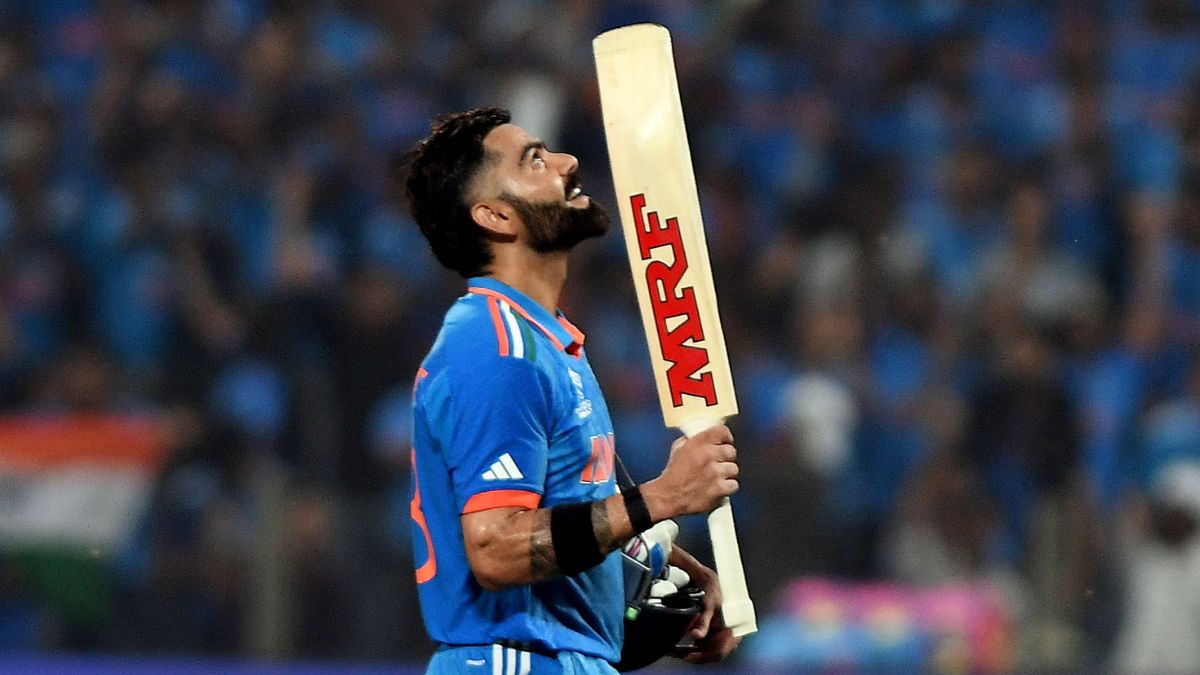
On Thursday, November 2, Virat Kohli achieved an accomplishment. He became the batsman to surpass 1000 runs in ODIs in 2023, following in the footsteps of Shubman Gill and Rohit Sharma. Not that,. He also joined Rohit Sharma, Shubman Gill, and Pathum Nissanka as the fourth players to achieve this impressive record in the 50-over format within the same year.
Stepping into History with 1000 Runs in ODIs
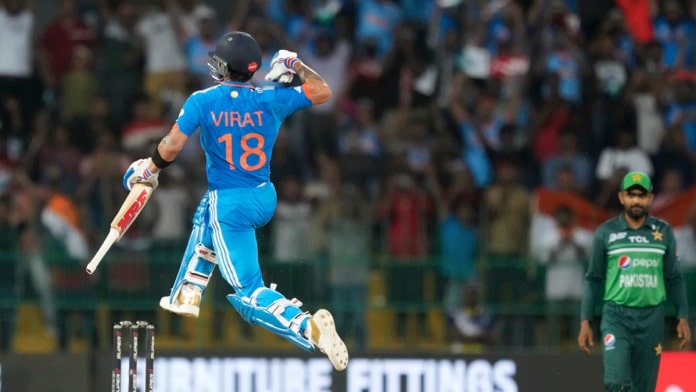
Entering the realm of history, Kohli’s unwavering determination and exceptional skills were put on display during his match in 2023. Notably, the cricket maestro, now 34 years old, made an indelible impact by surpassing Sachin Tendulkar‘s record, securing the most number of years with 1000 runs in ODIs. Kohli’s consistent ability to perform at such an exceptional level has been a defining characteristic of his illustrious career, as he had previously achieved this monumental milestone in 2011, 2012, 2013, 2014, 2017, 2018, and 2019, before accomplishing it once again in the present year of 2023.
Sachin Tendulkar with god of cricket Virat Kohli pic.twitter.com/zmztejNBBB
— Kevin (@imkevin149) November 2, 2023
An Unforgettable Journey
In an intense World Cup 2023 clash against Sri Lanka at the renowned Wankhede Stadium in Mumbai, Virat Kohli’s pursuit of this historic milestone was realized with an impressive 34 runs. Despite facing challenges, including a rare duck against England at the Ekana Stadium in Lucknow, his overall performance throughout the year has been nothing short of spectacular.
Kohli’s memorable journey was highlighted by an unbeaten century during India’s triumphant seven-wicket victory against Bangladesh at the Maharashtra Cricket Association (MCA) Stadium in Pune. Adding to his illustrious record, he solidified his stature with a brilliant 95 runs, making a significant contribution to India’s thrilling four-wicket win over New Zealand led by Tom Latham at the Himachal Pradesh Cricket Association (HPCA) Stadium in Pune.
Cricket
Shaheen Shah Afridi: Fastest to 100 ODI Wickets

Shaheen Shah Afridi, on Tuesday, October 31, achieved a remarkable feat, becoming the third fastest bowler to secure 100 wickets in ODIs. His outstanding performance during Pakistan’s World Cup 2023 match against Bangladesh at the renowned Eden Gardens in Kolkata led to this historic accomplishment.
A Landmark Moment
In the thrilling encounter, Shaheen clinched his 100th wicket in only his 51st match, dismissing Tigers’ opening batter Tanzid Hasan Tamim. The left-arm fast bowler displayed exceptional skill as he struck Tamim on the pads, prompting the on-field umpire to raise his finger. Despite Tamim’s referral to the third umpire using the Decision Review System (DRS), the replays confirmed the ball crashing into the stumps, upholding the on-field decision. Bangladesh lost their first wicket with the scoreboard reading 0 in just 0.5 overs.
Shaheen Afridi soars high yet again with another feat to his name 🦅#CWC23 | #PAKvBAN pic.twitter.com/IlQQ6P5xYK
— ICC Cricket World Cup (@cricketworldcup) October 31, 2023
Surpassing Preceding Records
Shaheen Shah Afridi not only secured this feat in record time but also outshone the accomplishments of esteemed bowlers preceding him. He surpassed the record of the fastest pacer, previously held by Mitchell Starc, who attained the milestone in August 2016 during an ODI against Sri Lanka at the R. Premadasa Stadium in Colombo.

Legacy of Excellence
Moreover, Shaheen shattered the long-standing record held by Saqlain Mushtaq, becoming the fastest Pakistani bowler to claim 100 wickets in ODIs. Saqlain had set this record on May 12, 1997, during an ODI against Sri Lanka in Gwalior. It is notable that among the Pakistani fast bowlers, the accomplished Shaheen Shah Afridi follows in the footsteps of the legendary Waqar Younis, who achieved the 100-wicket mark back in February 1993 against Zimbabwe in Sharjah.

Beyond ODIs
Demonstrating his prowess beyond ODIs, Shaheen has made significant contributions in Tests and T20Is as well. Since his debut in 2018, he has garnered 105 wickets in Tests and 64 wickets in T20Is. His exceptional journey began with a strong performance in the U19 World Cup in New Zealand. Notably, he played a pivotal role in Lahore Qalandars’ consecutive victories in the Pakistan Super League (PSL).
A Testament to Talent and Dedication
Shaheen Shah Afridi’s rapid rise to 100 ODI wickets within 51 matches underlines his exceptional talent and unwavering dedication to the sport. As he continues to leave an indelible mark on the cricketing world, his journey serves as an inspiration for aspiring cricketers worldwide. With his remarkable achievements, Afridi has solidified his place in the annals of cricket history, etching his name as one of Pakistan’s most formidable and promising fast bowlers.
Cricket
ICC World Cup: Shoaib Akhtar says, ‘Mai India ki tareef kyu na karu’

Former Pakistan fast bowler Shoaib Akhtar has recently expressed admiration for India’s dominant performance in the ongoing 2023 ICC World Cup. With India securing victories in all six matches, Akhtar highlighted the team’s exceptional display across various aspects of the game. Although the recent batting performance against England in Lucknow was relatively modest, India’s fierce bowling attack, led by Mohammed Shami and Jasprit Bumrah, proved instrumental in securing a remarkable win. This triumph not only solidified India’s leading position on the points table but also exacerbated England’s struggles in the tournament, leaving them virtually eliminated.
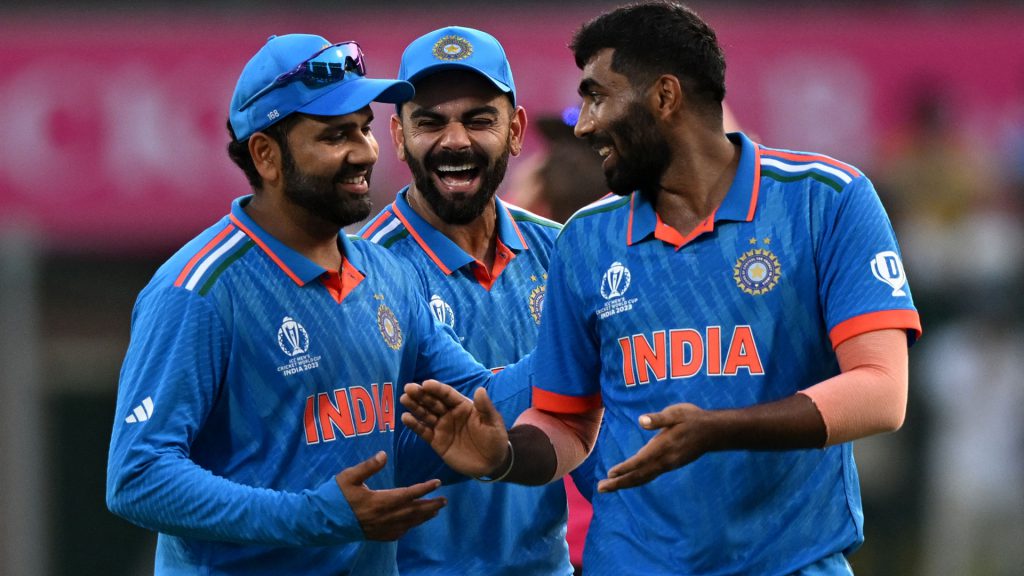
India’s Remarkable Bowling Transformation
In his analysis, Akhtar emphasized the transformative impact of Shami’s inclusion in India’s playing eleven following Hardik Pandya’s injury. Acknowledging Shami’s outstanding performances against New Zealand and England, Akhtar credited India’s ability to win matches through their bowling prowess, showcasing a shift from their traditional reliance on batting strength. He commended the collective effort of the Indian bowling unit, particularly recognizing the strategic brilliance of fast bowler Bumrah.
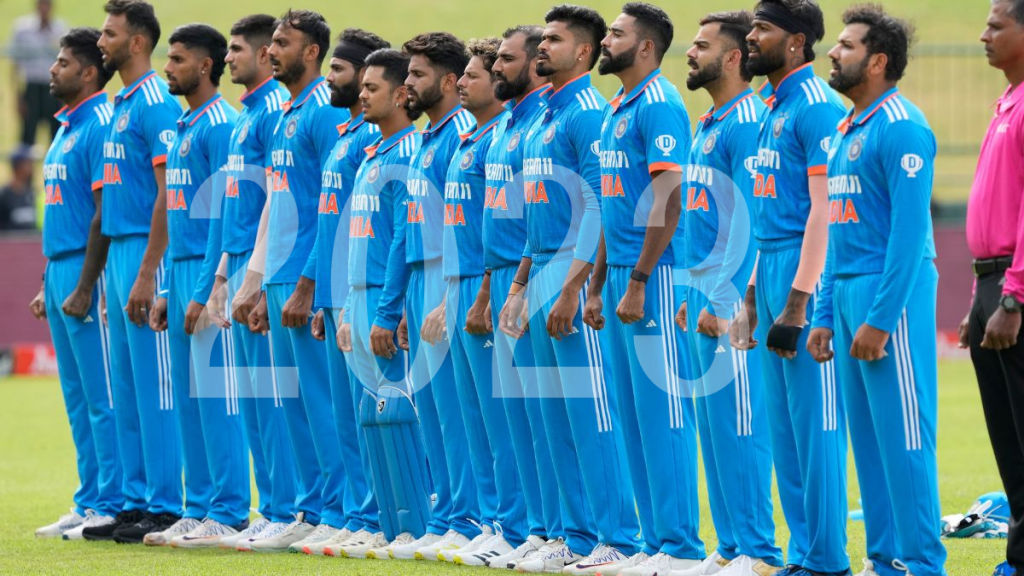
India’s Path to World Cup Glory
Looking ahead, Akhtar voiced his confidence in India’s potential to secure their third ODI World Cup trophy, highlighting the team’s upcoming matches against Sri Lanka, South Africa, and the Netherlands. Expressing optimism, he emphasized the significance of maintaining their unbeaten streak en route to the final, setting the stage for a potential historic ICC World Cup victory. However, Akhtar cautioned against compromising the successful bowling unit once Pandya returns to full fitness, warning against the potential detriment of a partially fit Pandya’s inclusion at the expense of a bowler.
Akhtar’s Praise for India and its Response to Criticism
Addressing skepticism surrounding his praise for the Indian team, Akhtar reiterated the exceptional nature of India’s performance, particularly in their ability to defend a modest total with a significant margin of victory. Undeterred by criticism, Akhtar reaffirmed his admiration for India’s exceptional cricketing prowess, urging acknowledgment and appreciation of their commendable achievements.
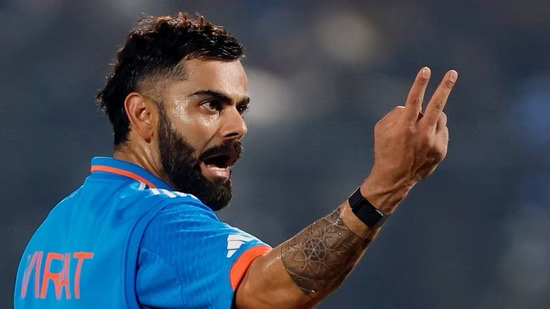
Shoaib Akhtar’s Perspective on Virat Kohli
Shifting focus, Akhtar’s history of praise extends beyond team performances to individual players, notably including former Indian team captain Virat Kohli. Reminiscing on Kohli’s resilience during a challenging phase in his career, Akhtar highlighted the pivotal role played by Kohli’s consistent century-scoring performances, leading to India’s victories. Recognizing Kohli’s contribution to the team’s success, Akhtar emphasized the significance of Kohli’s monumental centuries during crucial chases, solidifying his status as a crucial asset for the Indian cricket team.
In a comparison between Kohli and the legendary Sachin Tendulkar, Akhtar acknowledged Tendulkar’s status as one of the greatest batsmen while highlighting the challenges Tendulkar faced as a captain. Drawing parallels, Akhtar expressed confidence in Kohli’s eventual resurgence, expecting him to return to his prolific scoring form once he finds his equilibrium.
In summary, Akhtar’s acknowledgment of India’s exceptional performance and his recognition of individual players’ contributions underscore the team’s formidable presence in the 2023 ICC World Cup, setting the stage for a potential historic triumph in the coming days.







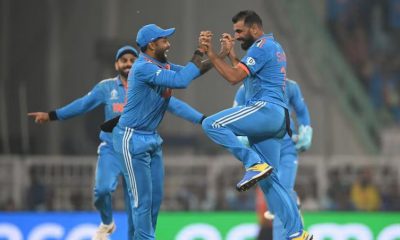

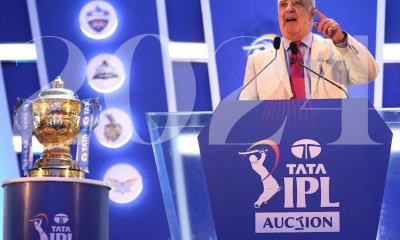

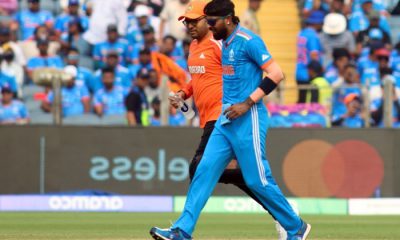





You must be logged in to post a comment Login